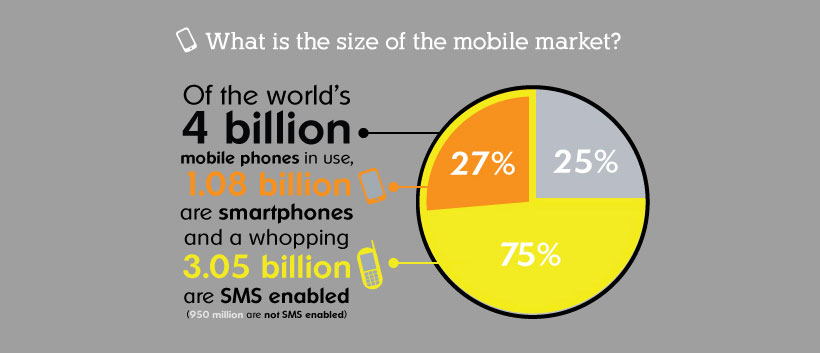
But That Doesn’t Mean Create An App
The number of touch points with a brand still remains one of the most important objectives for any marketing strategy. In my last post I mentioned about the importance of social media. We have moved from brand controlled messages to empowered consumers, who access the brand when they want and how they want depending on where they are and what they are doing at the time. One out of every seven minutes online are now spent on Facebook.
According to a recent report from Juniper Research, over 1.3 billion users are expected to access social media from mobile devices by 2016. Put another way, over 90% of online access will be from a mobile device.
Just when marketing teams had sort of worked out their digital strategy, the new mobile consumer now needs to be understood more fully and mobile as a means of access to content must be integrated into the overall strategy.
Mobile Marketing Strategy Development – Key Considerations
There are a number of key considerations when planning a strategy to avoid the ‘let’s create an app’, SMS spam approach
- Attention span: these are very low on mobile and typically a message needs to be conveyed in 160 characters
- Size of screen: what works on a tablet may not be so effective on a small screen
- Time: When is the content being consumed and what would be the most relevant information at that time
- Location: Where is the content being consumed, eg. at home, while commuting or in a noisy indoor area like a shop.
- Personalisation: To what degree can the content be tailored so the information can be more relevant to the individual.
The great thing about mobile for a marketer is that it is 100% measurable and immediate, which allows campaigns to be tailored to achieve a higher success rate. The more relevant the content and call to action within a relevant context the more successful a campaign will be. Mobile can also lead the way to a number of different avenues eg. e-commerce and Facebook.
Mobile social media of course creates new and exciting ways for businesses to connect with consumers. Information like location and time can be used to produce a compelling consumer experience. For example, a hotel could give guests details of its dinner menus or happy hour depending on the time the data was accessed. This could be followed by a discount coupon valid for a couple of hours and an easy mechanism to book.
I would however recommend that a brand starts small to help the team learn. It could be as simple as an SMS mobile alert campaign. Most users respond to an SMS within 60 secs – 4 mins.
If mobile is not part of the brand’s strategy then now is the time to build it in. It does not have to be that expensive to do a test campaign as a start.
But remember: More relevant = more success, bite sized information, call to action, measure and learn.
And I didn’t even mention app…